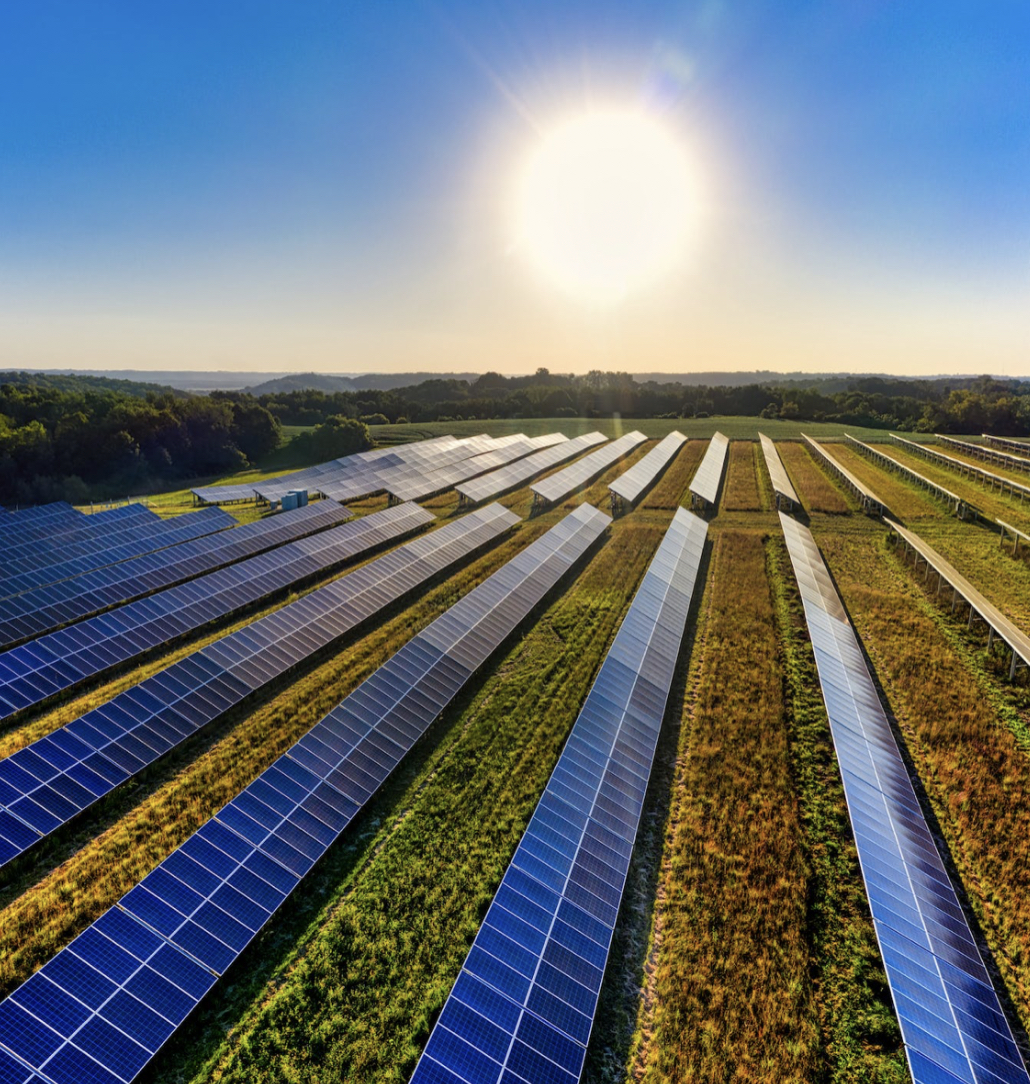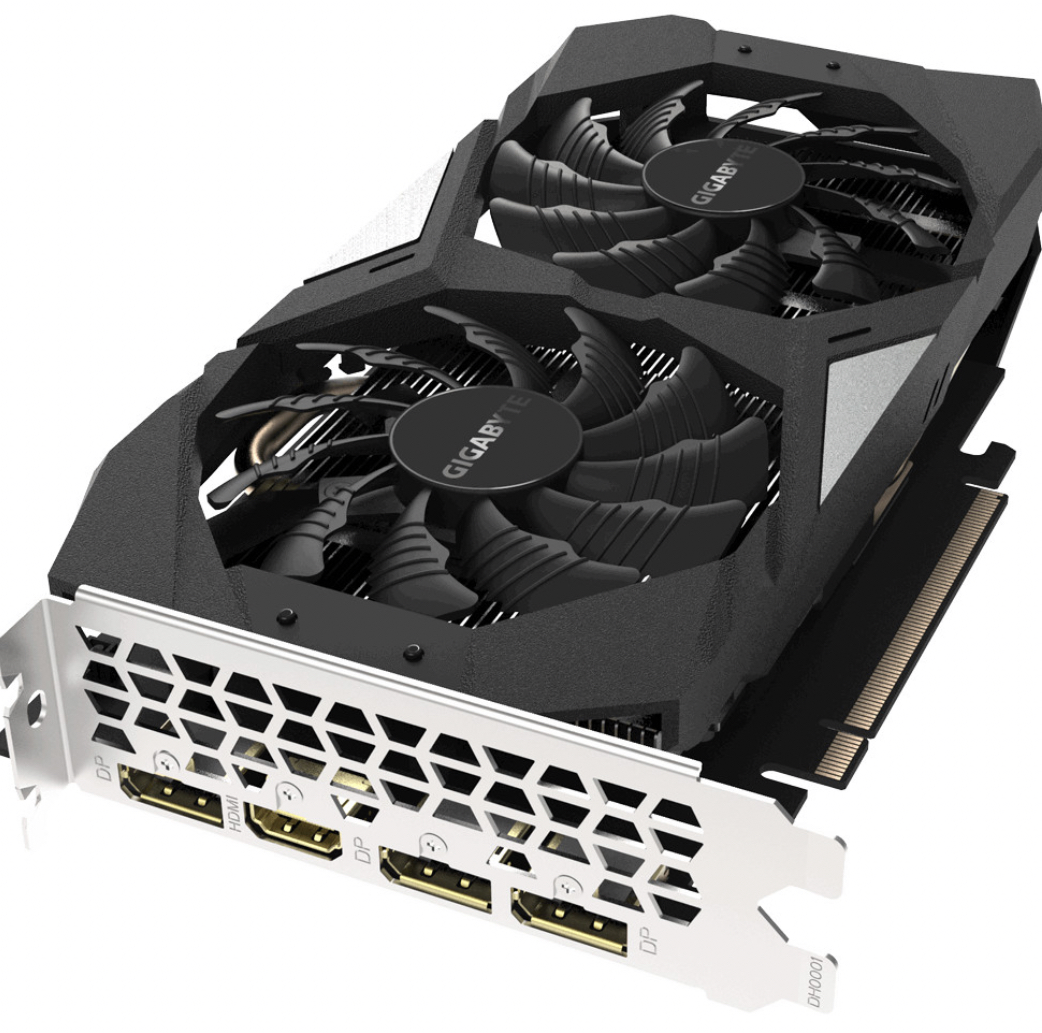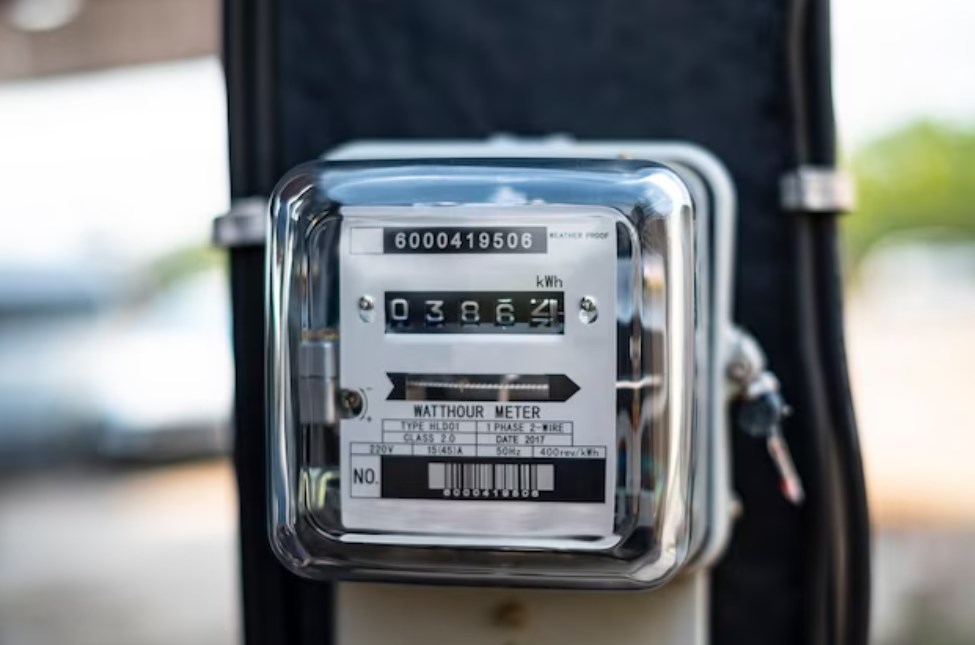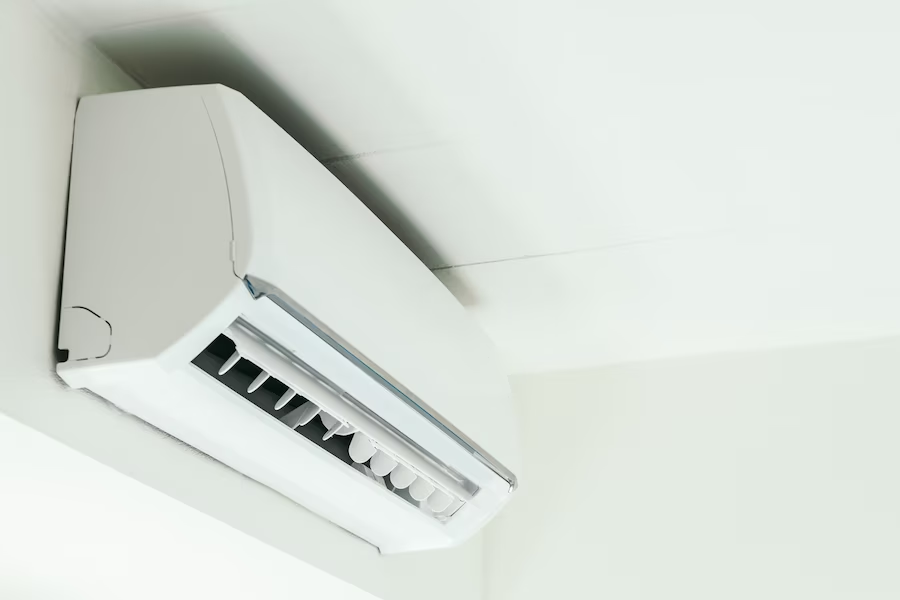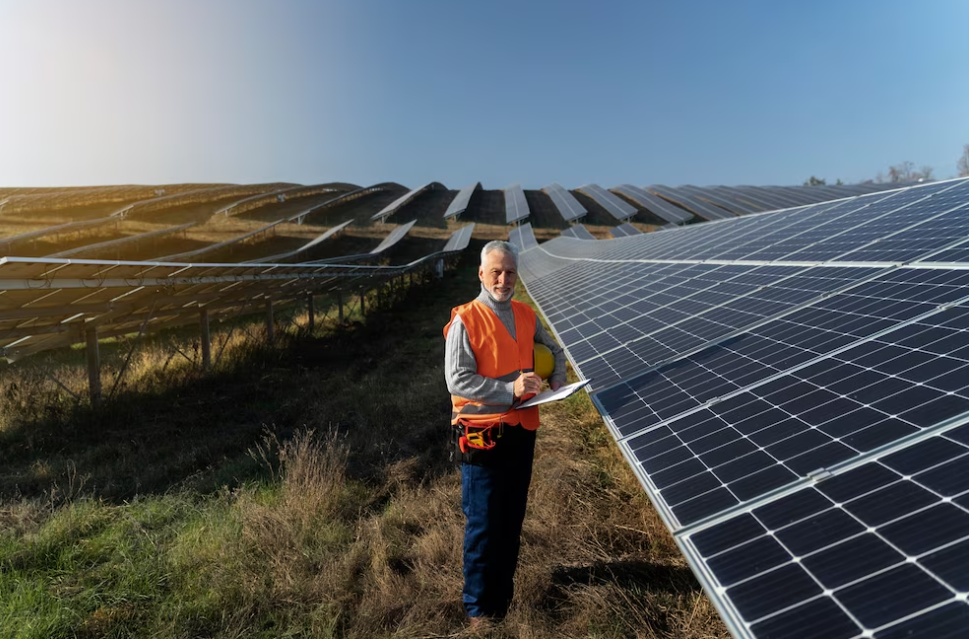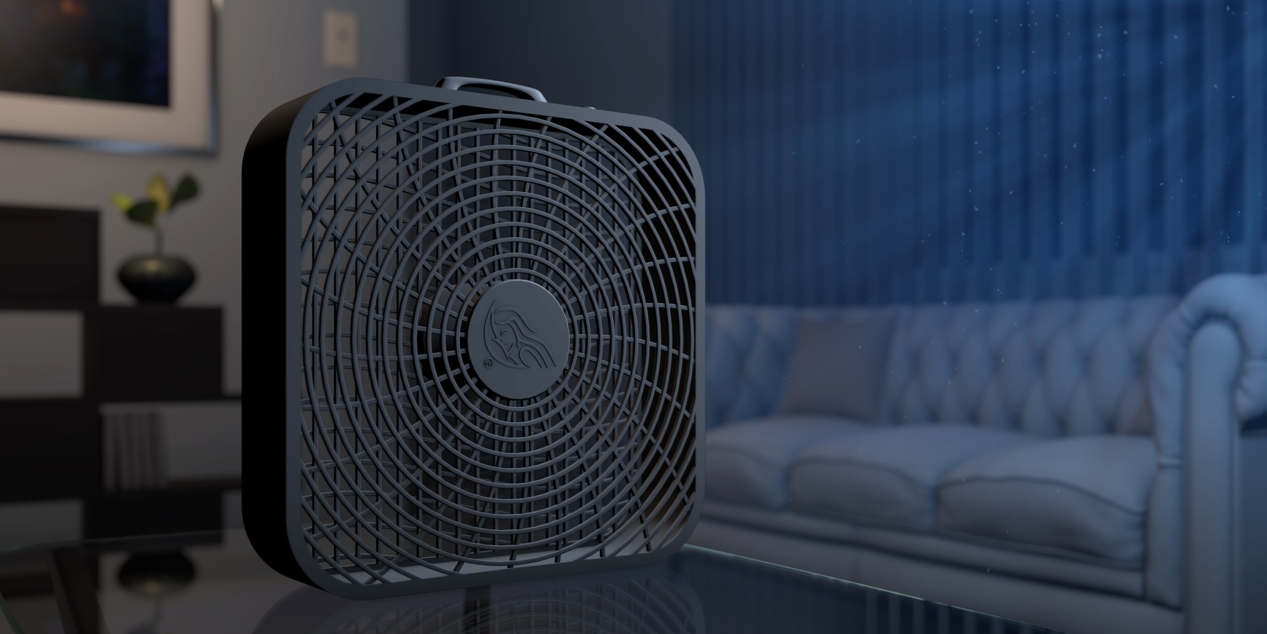In pursuit of eco-friendly solutions for their household, solar panels emerged as a top-notch investment for the protagonist. Affordable and remarkably durable, these sun-kissed devices adorned their rooftop with promises of renewable energy. However, the tranquility of this sustainable setup faced threats when the weather took a tumultuous turn, leaving the protagonist wondering about the fate of their cracked solar panels and the impact on their investment.
Under the stresses of thermal fluctuations, solar panels, like humans, were susceptible to cracking. The scorching summer sun would heat them to high temperatures, and when doused with cold water, they might succumb to fractures. Yet, thermal stress wasn’t the sole culprit; a heavy tree branch or minuscule, invisible fractures called microcracks could also inflict damage, the latter resulting from solar cell degradation.
But what happens when a solar panel cracks?
Surprisingly, the scenario might not be as dire as anticipated. Despite the visible damage, the solar panels might continue to function efficiently, producing ample electricity. Superficial cracks typically spared the solar cells within, preserving their internal functions.
- Even if a single solar cell suffered damage, the overall performance would only experience a minor drop in electricity production, often imperceptible to the household;
- However, despite the panels’ continued functionality, there remained a crucial concern—the safety of the entire system. The protagonist had heard horror stories of heavy rainfall infiltrating panels through tiny cracks, creating a hazardous mix of water and electricity;
- The thought of such a perilous situation urged them to take immediate action. They knew they couldn’t ignore the fractures and had to promptly report them to their solar panel installation company to avert potential risks;
- Armed with newfound knowledge, the protagonist now understood the paramount importance of preventing thermal shocks during scorching summer days. Gone were the days of hosing down the panels to cool them off; instead, they embraced alternative ways to keep the panels clean and functioning optimally;
- Additionally, they meticulously monitored nearby trees, mindful of any branches that could pose a threat to the rooftop solar setup. Regular trimming became a vital practice to safeguard against potential damages.
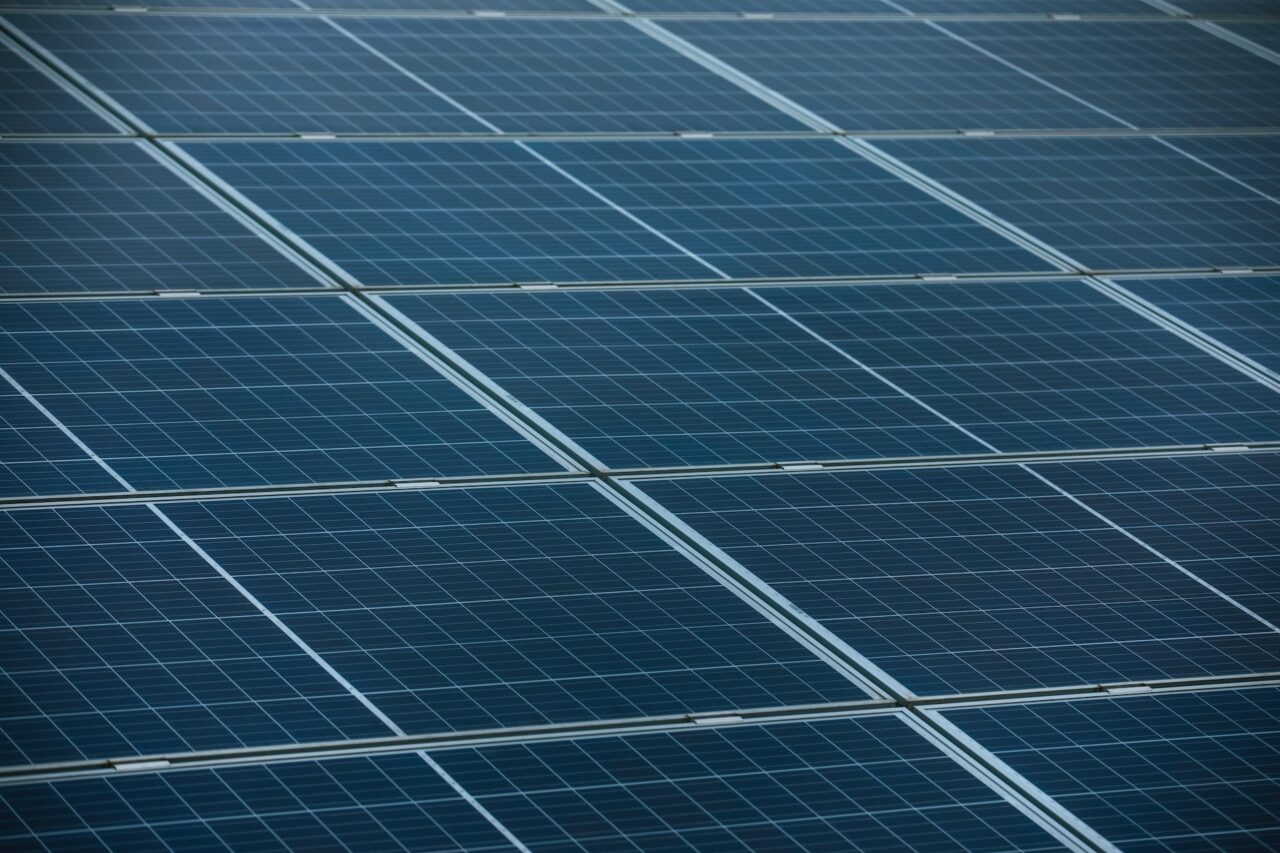
Even as the protagonist remained confident in the resilience of their solar panels, they had learned from experience that considering smaller panels during installations could be a wise strategy. These compact alternatives proved more robust against the onslaught of extreme weather conditions, providing added protection to the household’s sustainable energy source. Through diligence and the help of their solar panel installation experts, the protagonist continued their eco-friendly journey, fortified against potential setbacks.
To wrap up
In the end, despite the longevity and efficacy of solar panel systems, the risk of cracking and damage was ever-present. Yet, there was solace in knowing that functional cracks didn’t necessarily impede their productivity. Nonetheless, the protagonist acknowledged the significance of involving experts from the solar panel installation company at the first sign of fractures. Ensuring the panels’ safety and prompt repairs if needed, the experts provided peace of mind and sustained their commitment to eco-friendly energy solutions.


